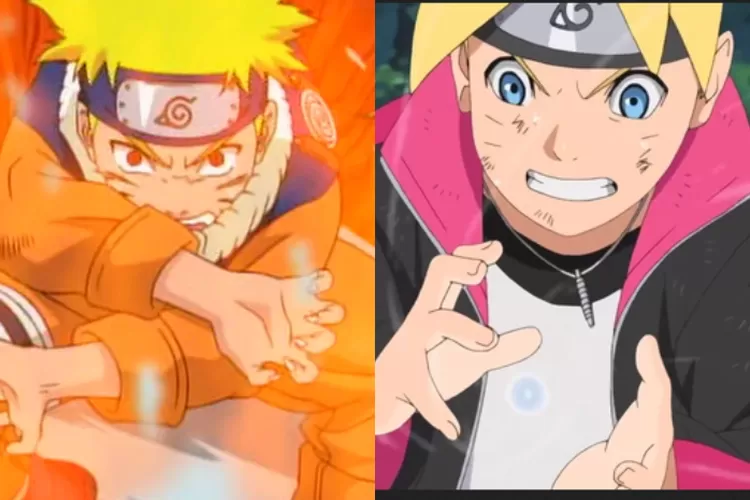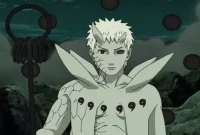In the world of Boruto, a different story unfolds. Set in a separate realm from Naruto and Naruto Shippuden, Boruto’s narrative raises intriguing questions about its connection to the previous series. One theory that has gained traction among fans revolves around the role of Madara and his Unlimited Tsukuyomi in shaping the differences observed in Boruto.
Taking place fifteen years after the Fourth Great Ninja War depicted in Naruto Shippuden, Boruto showcases a peaceful and safe world, seemingly devoid of threats from the Akatsuki or tailed beasts. This stark contrast has led some to question the authenticity of Boruto’s story, proposing the possibility of it being a fantasy or illusion.
Madara’s Unlimited Tsukuyomi emerges as a key factor in these theories. Known for its ability to alter reality and create illusions, this powerful technique was introduced early in the Naruto series. In Boruto, some speculate that Madara’s Unlimited Tsukuyomi may still be in effect, with everything witnessed serving as Naruto’s personal utopia.
One crucial aspect to consider is Sasuke’s escape from the Unlimited Tsukuyomi using his Rinnegan. His ability to break free from the illusion suggests that the world depicted in Boruto is not entirely fabricated. However, it does raise questions about the peacefulness and divergence from Naruto’s world, which has faced constant turmoil and conflict.
Boruto symbolizes Naruto’s hope for a perfect world, had he never managed to escape from Madara’s clutches. The theory suggests that Boruto and Kawaki’s story might be a simulation or illusion, presenting an alternate reality from Naruto’s perspective. This hypothesis challenges the meaning and significance of Boruto and Kawaki’s narrative and implies that Naruto’s battle against Madara is an ongoing struggle.
The connection between Boruto and Naruto Shippuden, as explained by the influence of Madara’s Unlimited Tsukuyomi, opens up new avenues for exploration. It encourages fans to delve deeper into the underlying themes and hidden complexities of the storyline. Furthermore, it sheds light on the potential consequences of Madara’s actions and the lasting impact his technique has on the Naruto universe.
In conclusion, the theories surrounding the connection between Boruto and Naruto Shippuden provide a captivating perspective on the narrative’s intricacies. The notion of Madara’s Unlimited Tsukuyomi shaping Boruto’s world, and the possibility of it being a fantasy or illusion, invites fans to contemplate the hidden depths of the story. By examining the events and characters presented, we can uncover the complex web of connections that tie Boruto to its predecessor series, and gain a deeper appreciation for the intricately woven tapestry of the Naruto universe.




